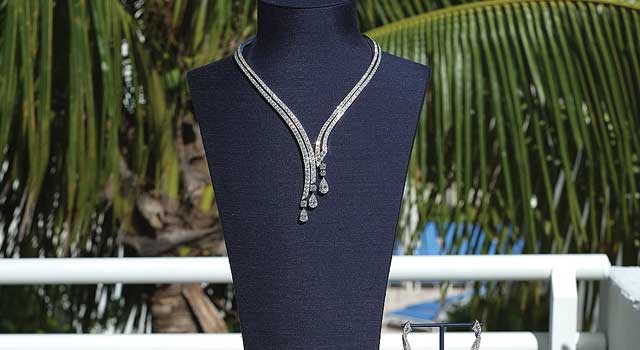De Beers realised a total of US$3 billion (P30 billion) in its sales for the first six months of 2015, a 21 per cent decrease from the $3.8 billion it made in the last six months of 2014, its mother company, Anglo American indicates in its half year financial report for the six months ended 30th June 2015.
Anglo American said rough diamond sales also decreased by 21 per cent to $2.7 billion, indicating that lower rough diamond revenue reflected a 27 per cent reduction in consolidated sales volumes to 13.3 million carats compared to the 18.1 million carats during the last half of 2014. “Average realised diamond prices increased by 7 per cent to $206/carat owing to the sale of a stronger product mix, despite a 4 per cent lower average rough price index for the period,” the report says.
It said in response to prevailing market conditions, De Beers has utilised operational flexibility at some mines to make marginal adjustments to production plans. Production costs and overheads are being tightly managed in order to minimise the profit impact of the lower sales, it says.
The report further says De Beers’ underlying EBIT decreased by 25 per cent to $576 million, noting that this was primarily due to softer rough diamond demand, resulting in weaker revenue, which was partly offset by lower operating costs and favourable exchange rates. “Unit costs declined by approximately 10 per cent in comparison with H1 (the last six months) 2014, with the effects of inflation being more than offset by foreign exchange benefits and cost control,” it indicated.
De Beers’ half-year production decreased by 3 per cent to 15.6 million carats. Anglo American attributed this to lower grades and reduced plant availability at Orapa. “In addition, operational flexibility at the Venetia and Jwaneng tailings treatment plants was utilised to reduce production marginally in response to softer trading conditions. Debswana’s production decreased by 4 per cent to 11.5 million carats mainly as a result of lower production at Orapa, offset by a 17 per cent increase in output at Jwaneng on the back of more consistent production and resultant improved volumes at lower unit costs,” it said, noting that Jwaneng Cut-8 waste mining continues to progress well, with 60 per cent of the 500 metric tonnes of waste stripping required to expose the ore now complete. “Cut-8 will become Jwaneng’s main source of ore in 2018,” it highlighted.
The Group says consumer demand for diamond jewellery slowed towards the end of 2014 and into the first half of 2015, which it says was driven by slower global economic growth, a weaker than expected Q1 (first Quarter) in the US and the dollar strength. “Diamond jewellery retailers experienced lower than expected sales growth over this period, which led to polished stock build-up and, accordingly, weaker polished diamond purchases from the midstream and a decline in polished prices. This, combined with liquidity and working capital challenges, has put pressure on midstream finances, negatively affecting rough diamond sales in the first half of the year,” the Botswana Stock Exchange-listed company said.
It noted that “rough diamond demand in the second half of the year will be dependent upon the level of retailer restocking that takes place in preparation for the main jewellery selling season in the fourth quarter. In the meantime, working capital concerns in the midstream are likely to cause some short-term volatility in rough diamond demand. Global demand for diamond jewellery is predicted to be stable in 2015. Downside risks remain, especially related to diamond jewellery demand growth in China, as the country grapples with slower economic growth and asset price challenges.”

